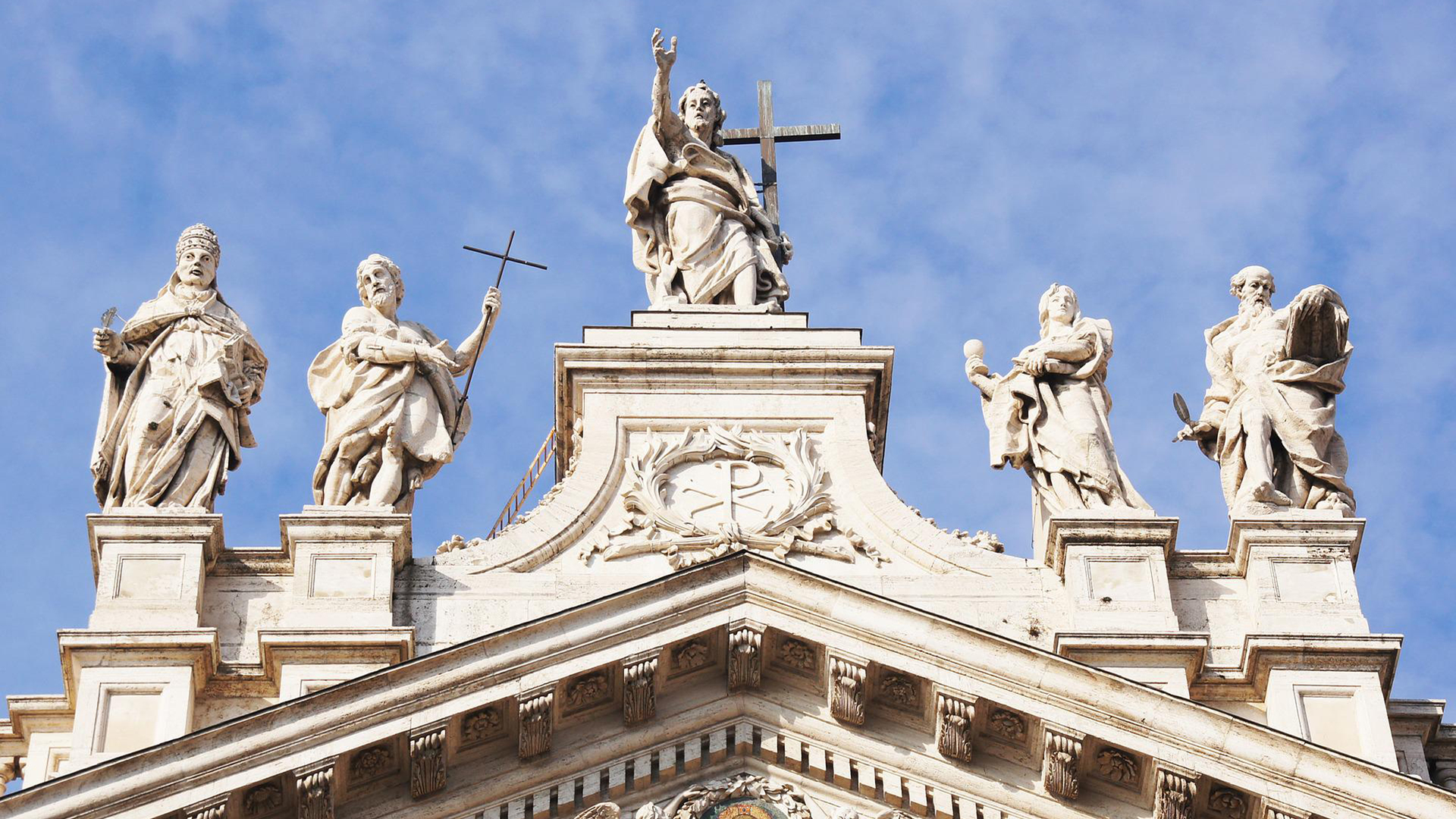You are here
news
The Giovanni Barracco Museum of Ancient Sculpture
Locations
The terraces of the Vittoriano
Locations
Palazzo Farnese
Location
The Theatre of Marcellus
Location
Sacred Area of Largo di Torre Argentina
Location
The Borghese Gallery
Location
Guided routes
CITY SIGHTSEEING ROMA
“City Sightseeing Roma” bus tours takes visitors on a journey through the Eternal City’s history. On the double-decker open bus, painted in traditional red, City Sightseeing ©, comfortably seated tourists are able to admire the splendours of the city’s churches, monuments, palazzo, piazzas and the streets of Imperial Rome, Christian Rome, Baroque Rome and Contemporary Rome. Web site
GRAY LINE I LOVE ROME
Tours discovering Rome’s main sites Website
GREEN LINE TOURS
All aboard a double-decker bus for an all-embracing tour of the splendours of Rome. Sit back and enjoy a trip to the Eternal City’s main cultural and historical sites. Web site
ROMACRISTIANA - O.R.P.
A non-stop panoramic tour with Open Bus Roma Cristiana. Website
ROME OPEN TOUR
A splendid panoramic view of the city from the top of a double-decker tourist bus. The service offers the possibility of visiting Rome from the confort of sitting on the bus or use the “Hop-on/Hop-off” formula that allows you to reach quickly all the wonders of the eternal city.Multilingual commentary accompanies tourists during the tour.The exclusive Bus&Boat formula allows to purchase a combined ticket for both “ Rome Open Tour” and “Battelli di Roma” for a full experience in the heart of Rome.Ticket may be purchased on line , on board Rome Open Tour Busses or at any of the local authorized resellers. Website




Mussolini’s Air Raid Shelter
Location
Saint John and the Night of the Witches
The legends and traditions of the night between 23 and 24 June
Until the end of the 19th century, one of the main religious and profane holidays was St. John’s, that of the patron saint of the city, on 24 June. The holiday began the night before, on the so-called “night of the witches.” According to a legend, witches were summoned to the Lateran meadows by the ghosts of Herodias and her daughter Salome, damned for causing the beheading of the saint: they used to go around the city to capture souls before continuing to Benevento, the so-called City of Witches. It was, therefore, essential to resort to magical rituals and all kinds of exorcisms.
After blessing their beds and the front doors, people scattered about Rome by lantern and torch light: when they arrived on the square, they lit bonfires to drive away the occult forces, they prayed and eat snails in inns and shacks. Some families even brought the snails from home, in a “callaro”, or a huge saucepan, full of snails with sauce. Eating snails, whose head horns or tentacles represented discord and distress, was tantamount to defeating adversity.
On this magical night, garlic and dew also played a key role. Tradition has it that St. John’s dew had healing powers while, according to a saying, “If you don’t not buy garlic on St. John's, you will be poor all year round”. During the night the Tiber baths were also opened to the public and the inhabitants of the city could bathe in the fountain of San Giovanni: it was believed that during the day of his feast the saint would give more miracles than the rest of the year.
The people used to turn out in droves, eating and drinking to their fill and mainly making a din with their horns, trumpets, bells, tambourines and firecrackers of every shape and size so as to scare and ward off the witches, preventing them from gathering the herbs essential to concoct their spells. The feast drew to a close at dawn when the Pope arrived at San Giovanni in Laterano to celebrate mass, after which he threw from the cathedral’s loggia gold and silver coins, much to the delight of the frenzied crowds below.
Today, sadly, the traditional feast of Saint John has lost all of its early importance, although it has to some extent recently been revived with the organisation of a number of events.













































